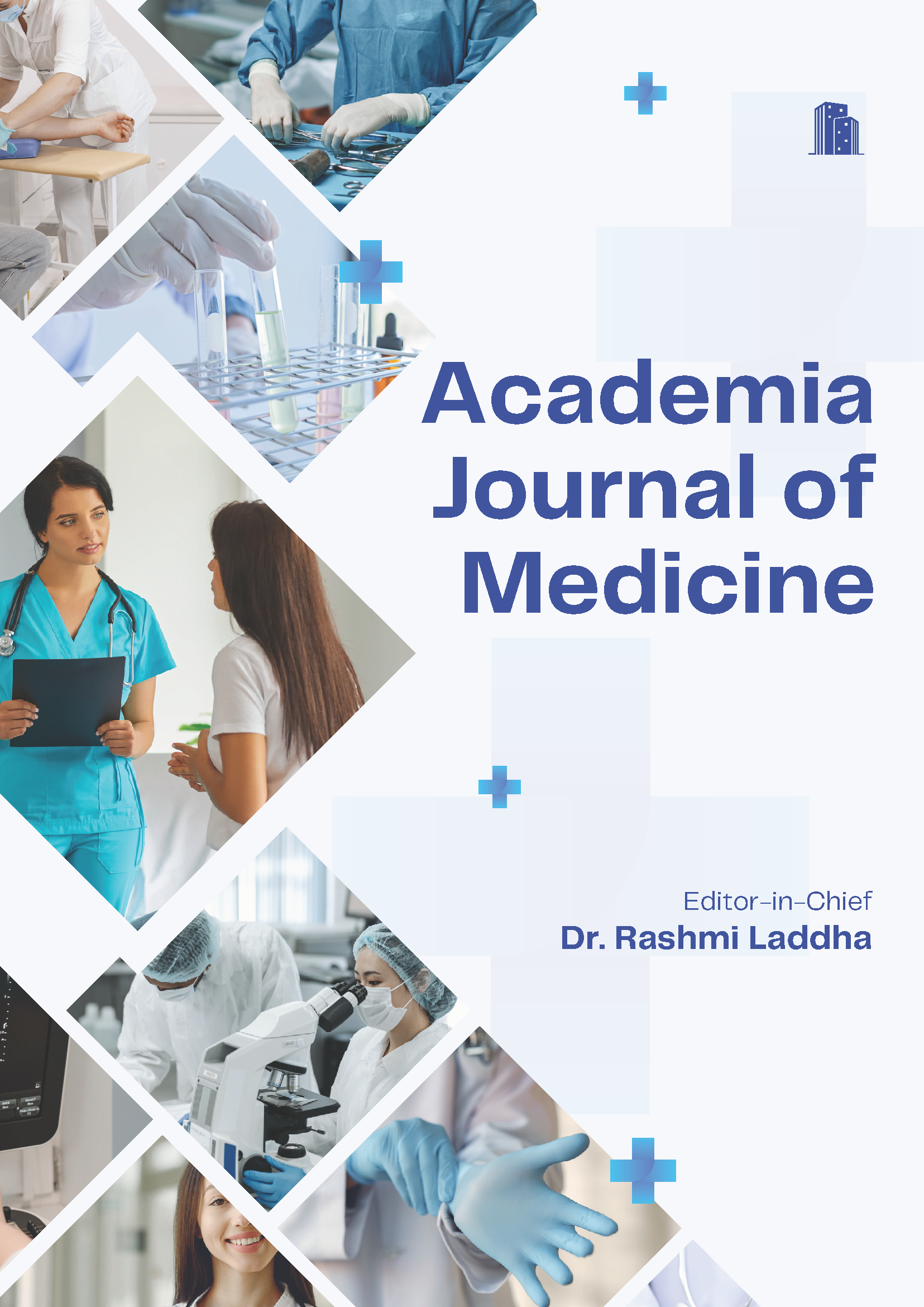A Clinical Study of Newly Diagnosed HIV Patients at ICTC Center in Shri B M Patil Medical College, Bijapur with Correlation to CD4 + at Presentation
Keywords:
AIDS, CD 4, Immunodeficiency, Acquired InfectionAbstract
Background: WHO estimates that with continued escalation of HIV transmission, nearly 9 million HIV-infected people will reside in South-East Asia by the turn of the century. In India, two new infections occur every minute. National Aids Control Organization (NACO) estimates that by year 2025 the majority of new HIV infections in the world will occur in Asia and India will probably have the largest number of infected persons of any single country. The objectives is to study the baseline values of CD+ count in newly diagnosed to be infected with Human Immunodeficiency Virus (HIV). SubjectsandMethods: The present cross sectional study was conducted at Shri B M Patil Medical College and Hospital, Bijapur form March 2017 to April 2018. A total of 100 newly Diagnosed HIV Patients of all Age Group either asymptomatic or presenting with one or other opportunity infections are included in the study. Results: 39% of them were in the age group of 35-45 years. Cough fever and weight loss were the most common clinical presentation on admission. The most common opportunistic infection at presentation was Pulmonary Tuberculosis (74%). followed by Candidiasis (62%). Among the population studied, majority were in the 35-45 yr. age group (39) out of which 25 individuals had a CD 4 count of< 200 cells/3. In the patients with CD 4 Count less than 200 cell extra pulmonary tuberculosis was most common. Candidiasis was also seen in the patients with CD4 count less than 200 cell/l. Conclusion: The most common route of transmission was the sexual route, predominantly heterosexual route.. The patients being diagnosed with HIV infection present with one or more of the opportunistic infections and frequently have a CD 4+ count < 200 cells/l. This calls for increasing awareness about HIV in the general population so as to identify the disease at the earliest.
Downloads
References
1. Quinn TC. Global burden of HIV pandemic. Lancet. 1996;348(9020):99–106. Available from: https://doi.org/10. 1016/s0140-6736(96)01029-x.
2. Sharp PM, Hahn BH. Origins of HIV and the AIDS Pandemic. Cold Spring Harb Perspect Med. 2011;1(1):006841. Available from: https://dx.doi.org/10.1101/cshperspect.a006841.
3. Ahlgren DJ, Stein AC. Dynamic models of AIDS epidemic. Simulation. 1990;54(1):7–19. Available from: https://doi.org/ 10.1177/003754979005400103.
4. Roberts C, Brian D. Modelling the Epidemiological conse quences of HIV infection and AIDS: A Contribution from Oper ational Research. J Opl Res Soc. 1990;41(4):273–289. Avail able from: https://doi.org/10.1057/jors.1990.49.
5. Levy JA. HIV pathogenesis and long term survival. AIDS. 1993;7(11):1401–1410. Available from: https://doi.org/10. 1097/00002030-199311000-00001.
6. Berrios DC, Hearst N, Coates TJ, Stall R, Hudes ES, Turner H, et al. HIV antibody testing among those at risk for infection. The National AIDS Behavioral Surveys. JAMA. 1993;270(13):1576–1580.
7. George J, Hamide A, Das AK, Amarnath AK. Clinical and laboratory profile of sixty patients with AIDS: A South Indian study. Southeast Asian J Trop Med. 1996;27(4):686–91.
8. Kothari K, Goyal S. Clinical profile of AIDS. J Assoc Physicians India. 2001;49:435–443.
9. Kaur A, Babu PG, Jacob M, Narasimban C, Ganesh A, Saraswathi NK, et al. Clinical and laboratory profile of AIDS in India. J Acquir Immune Defic Syndr. 1992;5(9):883–892.
10. Vajpayee M, Kanswal S, Seth P, Wig N. Spectrum of Opportunistic Infections and Profile of CD4 + Counts among
AIDS Patients in North India. Infection. 2003;31(5):336–340. Available from: https://doi.org/10.1007/s15010-003-3198-y. 11. Benson CA, Kaplan JE, Masur H, Pau A, Holmes KK. Treat ing Opportunistic Infections Among HIV-Infected Adults and Adolescents: recommendations from CDC, the National Insti tutes of Health, and the HIV Medicine Association/Infectious Diseases Society of America. MMWR Recomm Rep. 2004;53(15):1–112.
12. Nagalingeswaran K, Solomon S, Madhivanan P, Yepthomi T, Venkatesan C, Amalraj E, et al. Correlation between plasma viral load and CD4+T cell count to opportunistic infections in persons with HIV in South India. Int Conf AIDS. 2000;13.
